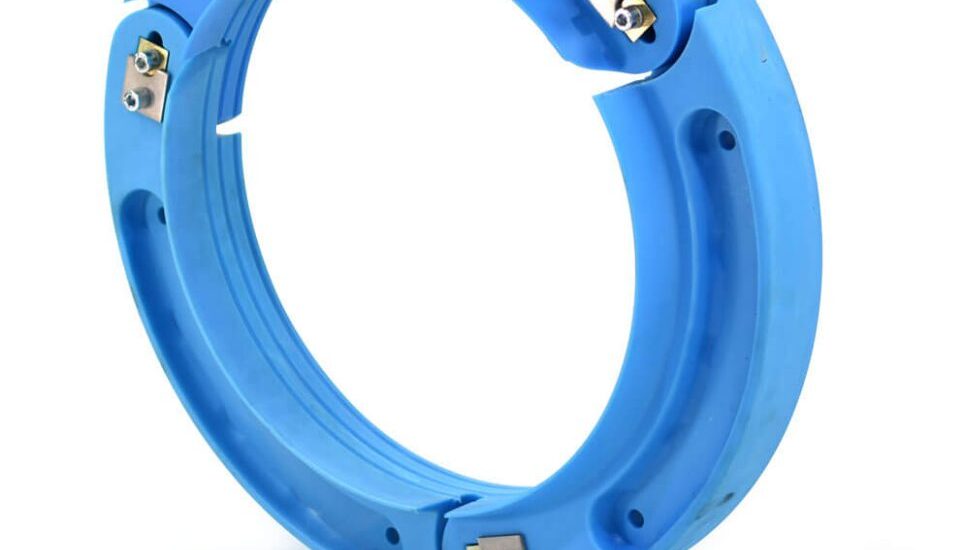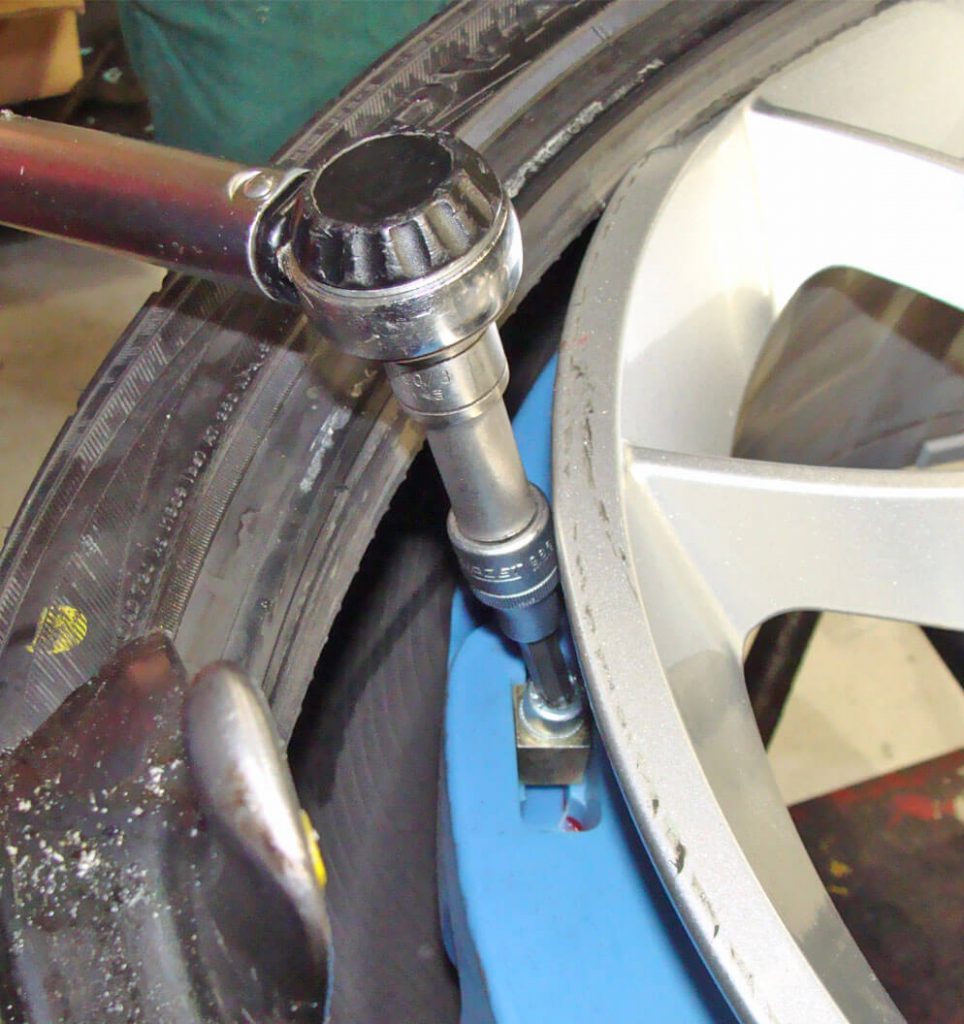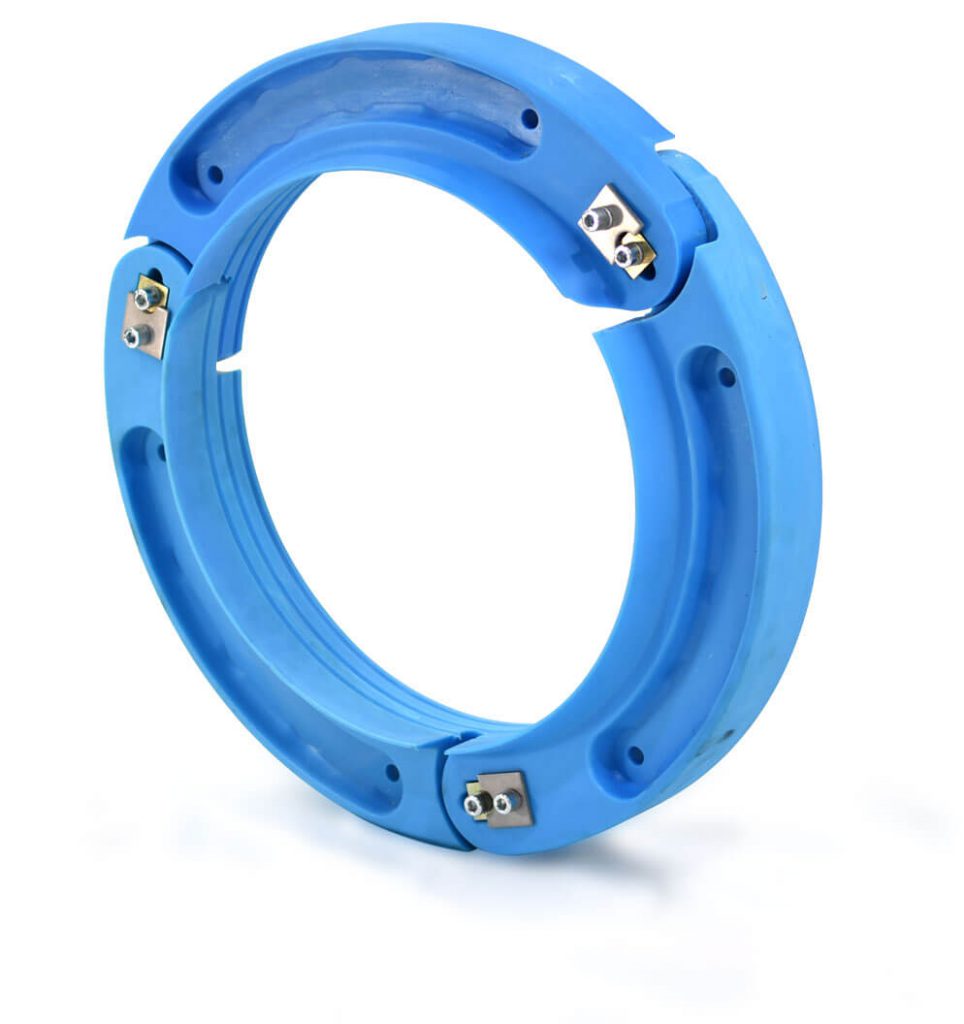- May 13, 2025
- Posted by: feinuojixie
- Category: Injection Molding News


When it comes to staying safe and mobile on the road, your tire choice plays a bigger role than you might think. With new technology emerging in the automotive industry, more drivers are weighing the benefits of run flat inserts against the tried-and-true reliability of traditional tires. Run flat inserts, once reserved for military and high-security applications, are now making their way into mainstream markets, promising a safer, more convenient alternative to the standard tire.
But are these innovative tire solutions truly better? Or do traditional tires still hold their ground in terms of performance, cost, and everyday reliability? This blog takes a deep dive into the showdown between run flat inserts and traditional tires—exploring everything from safety and durability to cost efficiency and environmental impact. Whether you’re a daily commuter, an off-road enthusiast, or a fleet manager, understanding the differences can help you make a smarter decision the next time your vehicle needs new shoes.


Understanding the Basics of Run Flat Inserts
Run flat inserts are reinforced structures placed inside a standard tire that allow a vehicle to continue moving even after a complete loss of air pressure. Unlike run-flat tires that rely on reinforced sidewalls, inserts work as an internal support ring, physically carrying the weight of the vehicle once the tire loses inflation. They are usually made of robust polymer or composite materials and can support driving for tens of miles at reduced speeds after a puncture.
Their design is particularly advantageous in high-risk environments where stopping immediately after a tire failure could be dangerous. Increasingly, however, run flat inserts are being adopted for civilian use due to their promise of greater safety and reduced roadside dependency.
The Traditional Tire: A Reliable Standard or Outdated Technology?
Traditional tires have served as the cornerstone of vehicle mobility for over a century. They offer a balance of performance, comfort, and affordability that makes them suitable for most drivers. However, they come with a major drawback—once punctured, they lose air quickly, often leaving the driver stranded or forcing an immediate tire change under unsafe conditions.
Despite advancements in puncture-resistant compounds and sealing technologies, traditional tires still depend on air pressure to function. This fundamental design limitation makes them vulnerable in scenarios where safety and continuity of travel are critical.
Safety Comparison: How Run Flat Inserts Enhance Road Confidence
When it comes to safety, run flat inserts clearly outperform traditional tires in critical situations. If a traditional tire fails—whether due to a puncture, blowout, or slow leak—the driver may lose control or be forced to stop on a busy highway or an unsafe area. In contrast, run flat inserts maintain the structural integrity of the wheel, giving the driver enough time and distance to reach a safe location.
This added layer of security is particularly appealing to families, long-distance travelers, and professional drivers. Even in adverse weather conditions or remote areas, run flat inserts can make a significant difference in overall road safety.
Convenience on the Move: Are Run Flat Inserts Truly Maintenance-Free?
One of the major selling points of run flat inserts is convenience. With the ability to drive after a tire loses pressure, there’s no immediate need to stop or change tires. This is a huge benefit for drivers who face long commutes or travel in areas where roadside assistance is hard to reach.
However, run flat inserts are not entirely maintenance-free. While they reduce emergency tire changes, they still require occasional inspections, especially after a flat-driving event. On the other hand, traditional tires involve regular pressure checks, rotations, and potential replacements after even minor damage. Overall, run flat inserts provide a more stress-free experience, but they do require responsible follow-up care.
Performance on Different Terrains: Run Flat Inserts Under Pressure
Driving conditions vary greatly, and so does tire performance. Traditional tires typically offer more flexibility in terms of ride comfort and tread variety, making them suitable for a wide range of terrains. However, run flat inserts are engineered to perform under extreme conditions, such as rugged landscapes or combat zones, where maintaining motion is more important than ride softness.
In urban environments, run flat inserts handle potholes and debris with greater confidence. Off-road drivers appreciate the added security they offer in areas far from tire repair services. Although some may argue traditional tires provide a smoother ride, run flat inserts bring peace of mind where reliability is non-negotiable.
Cost Breakdown: Are Run Flat Inserts Worth the Investment?
At first glance, run flat inserts may appear expensive. The initial investment can be significantly higher than that of a traditional tire. However, when factoring in long-term savings—such as reduced need for roadside assistance, fewer tire replacements due to sidewall failures, and less downtime—the value becomes more apparent.
Traditional tires may cost less upfront, but the total cost of ownership, including puncture repairs and potential towing services, adds up over time. For drivers who prioritize uninterrupted mobility and safety, run flat inserts offer a return on investment that goes beyond just the price tag.
Installation and Compatibility: What Vehicles Can Use Run Flat Inserts?
One of the most common concerns about run flat inserts is compatibility. While they are increasingly available for passenger vehicles, they are most commonly used in SUVs, armored vehicles, and trucks. Retrofitting is possible for many standard wheel configurations, but it typically requires professional installation to ensure correct alignment and performance.
Traditional tires are widely compatible and easier to replace or upgrade. However, as technology advances, more manufacturers are offering insert-ready wheels, making it easier for regular drivers to adopt this technology without major modifications.
Environmental Impact: Are Run Flat Inserts a Greener Choice?
Sustainability is an important consideration for today’s consumers. Traditional tires contribute significantly to waste, especially when they are discarded after a single puncture. Run flat inserts, by extending the usable life of a damaged tire and reducing the need for emergency replacements, can help cut down on rubber waste.
Additionally, fewer roadside incidents translate to lower emissions from service vehicles and less congestion caused by tire-related breakdowns. While the manufacturing process of inserts does involve synthetic materials, their durability and extended life cycle offer a net-positive environmental impact when compared to the frequent turnover of traditional tires.


Real-World Feedback: What Drivers Are Saying About Run Flat Inserts
Drivers who’ve switched to run flat inserts often cite peace of mind and increased confidence as the most noticeable benefits. Testimonials highlight the relief of not having to change a tire on the side of a highway or in bad weather. Fleet operators have also reported lower maintenance costs and increased operational efficiency.
Of course, some drivers still prefer the comfort and lower upfront cost of traditional tires. But overall, user experiences suggest that once you’ve used run flat inserts, it’s hard to go back.
Final Verdict: When to Choose Run Flat Inserts Over Traditional Tires
So, which one wins—run flat inserts or traditional tires? The answer depends on your driving habits, safety priorities, and budget. For urban drivers, families, and anyone concerned with tire-related safety, run flat inserts offer a compelling upgrade. They reduce downtime, improve safety, and provide lasting value over time.
Traditional tires still serve well in many everyday scenarios and remain a cost-effective option. But as tire technology evolves and more drivers seek hassle-free travel, run flat inserts are increasingly proving themselves as the superior solution for those who want to stay in control—no matter what the road throws their way.
